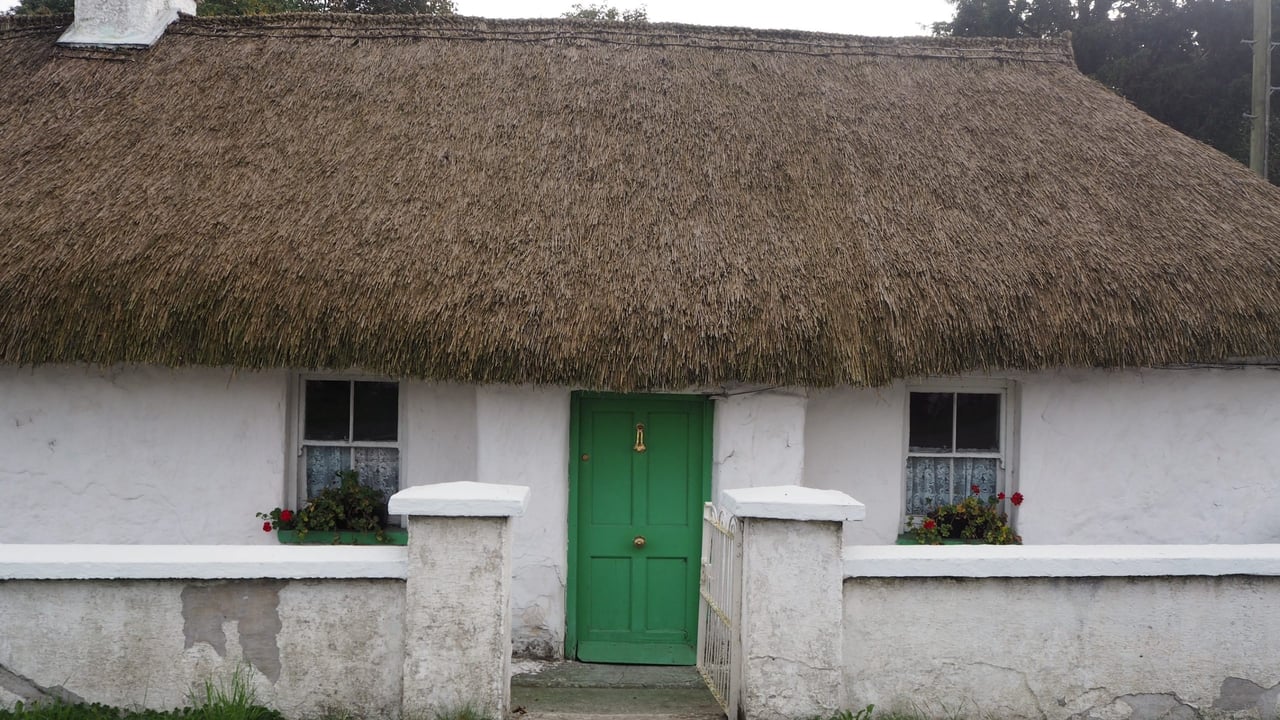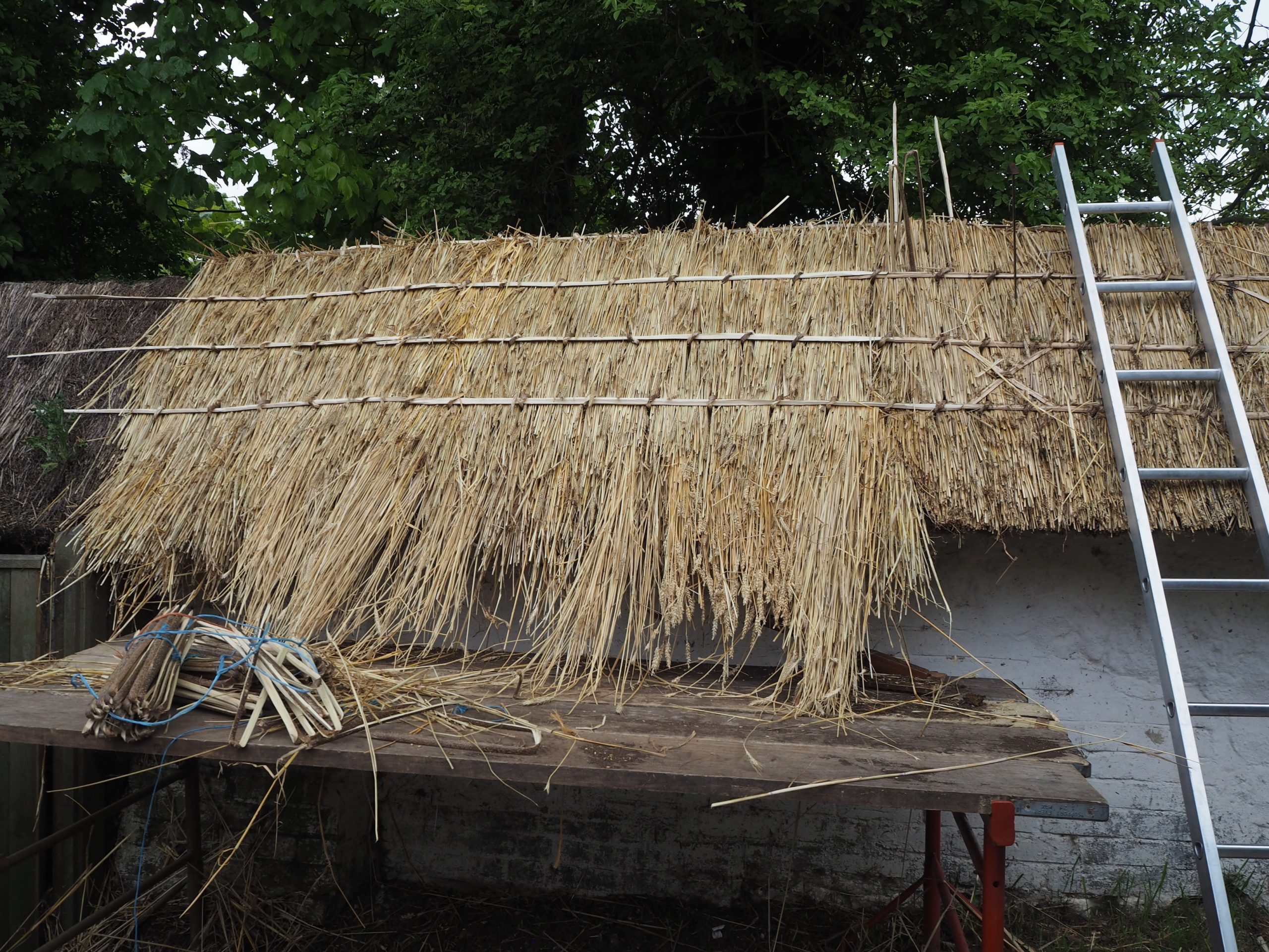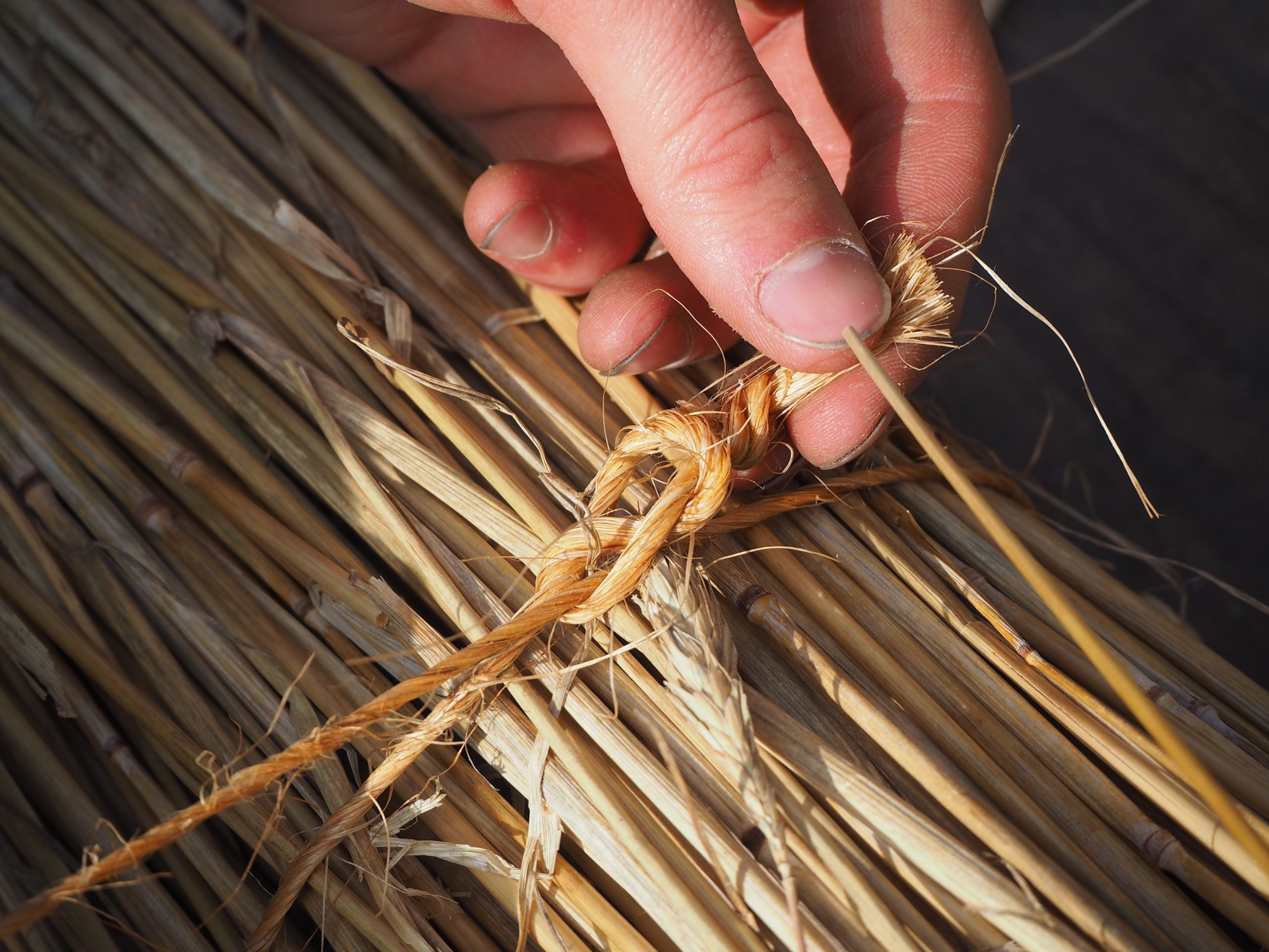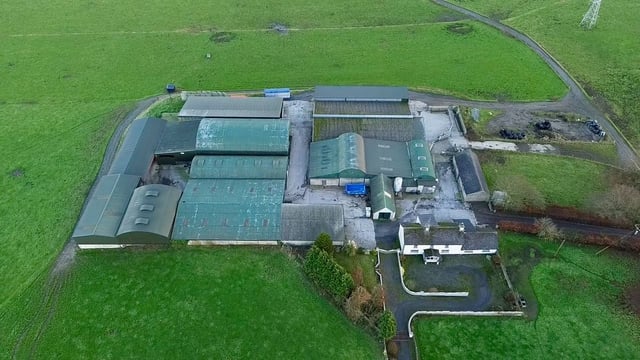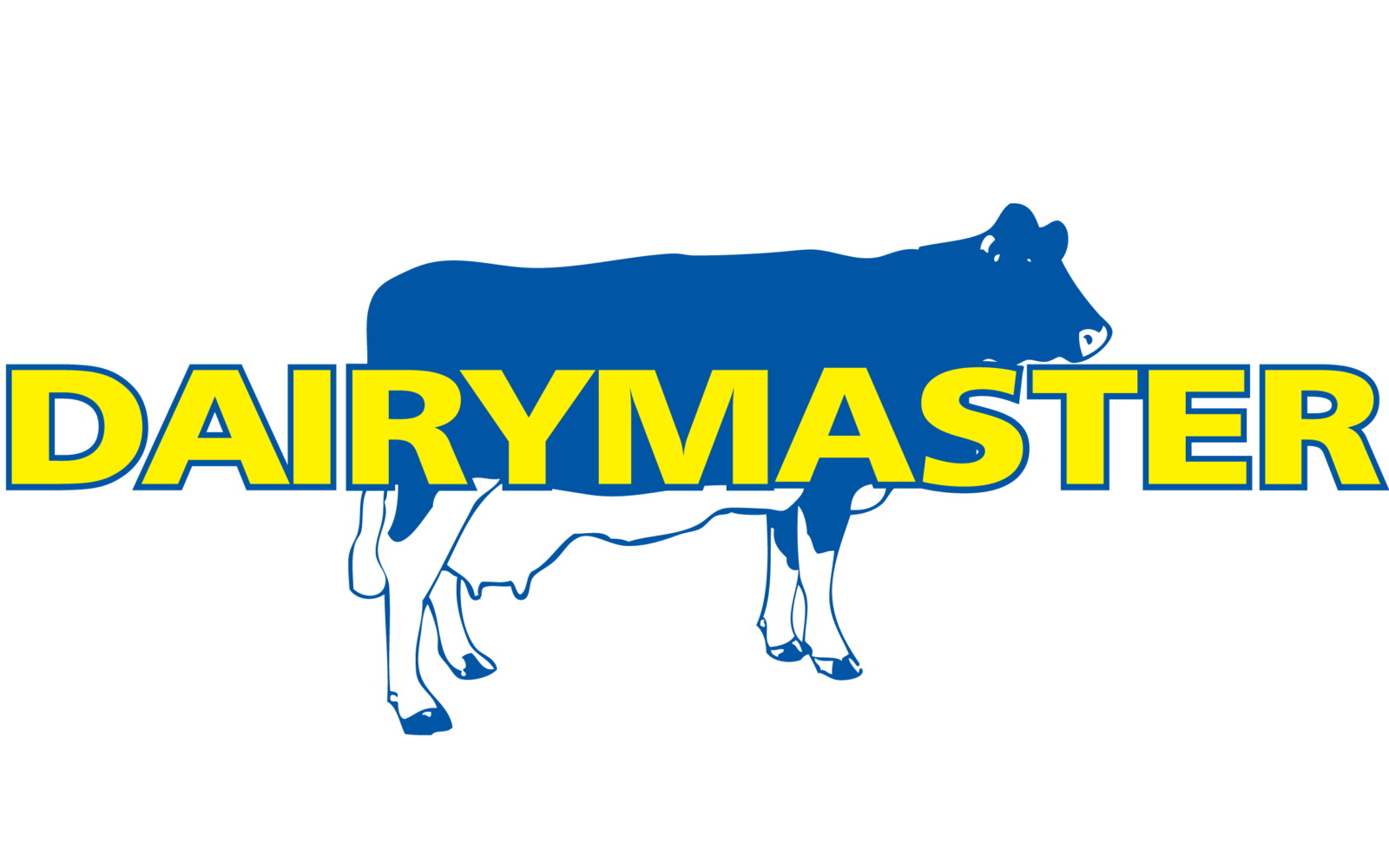14 learners take up new thatching course
Now in its fourth week, a new course on thatching devised by the Heritage Council, in partnership with Kilkenny and Carlow Education and Training Board (KCETB), has 14 learners, including one woman.
The full-time introductory course has been designed for those keen to pursue a career as a thatcher in Ireland and has been described by Virginia Teehan, chief executive of the Heritage Council, as a pivotal step in preserving one of Ireland's most critically endangered traditional skills.
It is the first of its kind since the last FÁS course was run in 2009.
Based at 'Gáirdín an Ghorta' in Sheepstown, Co. Kilkenny, it is facilitated by the local voluntary committee that manages the famine remembrance garden and thatched house on-site.
The course aims to halt the declining numbers of thatchers in this country brought about by an ageing demographic, lack of take-up by young people, and other challenges such as the difficulty of securing Irish-grown thatching materials and of getting thatched house insurance.
With thatch material required to be replaced periodically and with an increase in the availability of grants for thatched buildings, the Heritage Council and KCETB have pitched thatching as a viable career for those willing to upskill.
The course is being delivered in-person over a period of 42 weeks by retired thatcher, Brian Simpson from Skerries, Co.Dublin, who now works as a thatching consultant.
It includes a six-week work placement with an experienced thatcher and is aimed at learners with an interest in the practical skills of thatching.
"The whole idea is that we will run an advanced course in the future with accreditation and the work the learners have done on this course will be assessed and go on their record of prior learning," Simpson said.
According to the course co-ordinator, there are approximately 2,700 thatched houses in the country, with just 20-30 of those historic thatched properties with the roof, walls and base layers still intact.
He estimates that there are about 25 full-time professional thatchers working in the country at present, and possibly an additional five working part-time.
Different materials are used in thatching, from water reeds, indigenous to particular areas, to straw, which is used in nearly every county, Simpson said.
There are also regional styles such as flax, still being used in Co. Donegal, and roped thatch, used along the western sea board, Simpson said.
"Older and taller varieties of wheat, suitable for thatching and harvested correctly, are almost impossible to source on a regular basis. More specialist growers are required," he said.
"Also not enough reed beds are being managed and harvested for thatching material. Likewise, hazel coppicing is required for supplying scolbs for thatch fixings. All of these would mean less imports if the management of Irish materials is improved," he explained.
A number of bodies were involved in bringing about the course which has been in the pipeline for many years, including the Department of Housing, Local Government and Heritage, as well as a group of thatchers, Simpson said.
The traditional farm buildings scheme which is funded by the Department of Agriculture, Food and Marine and run in partnership with the Heritage Council, is particularly interested in farm buildings with thatched roofs as they are of such rare value.
Director of further education and training at KCETB, Martha Bolger, said that KCETB is delighted to be partnering with the Heritage Council to deliver new innovative training in thatching skills.
"We hope to deliver more bespoke training in conservation and retrofitting skills as we deliver the FET College of The Future ambition to Kilkenny and Carlow," she told us.

